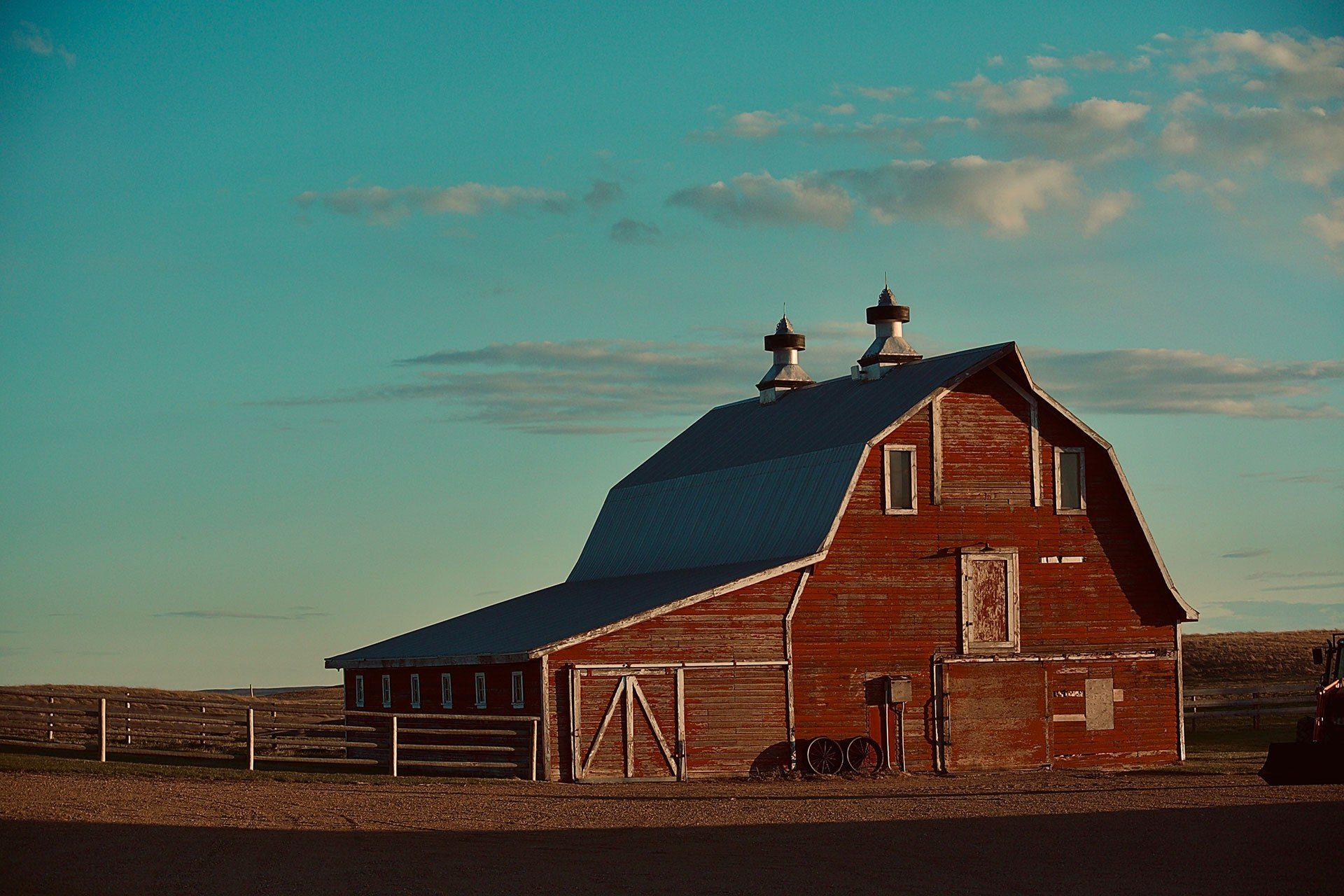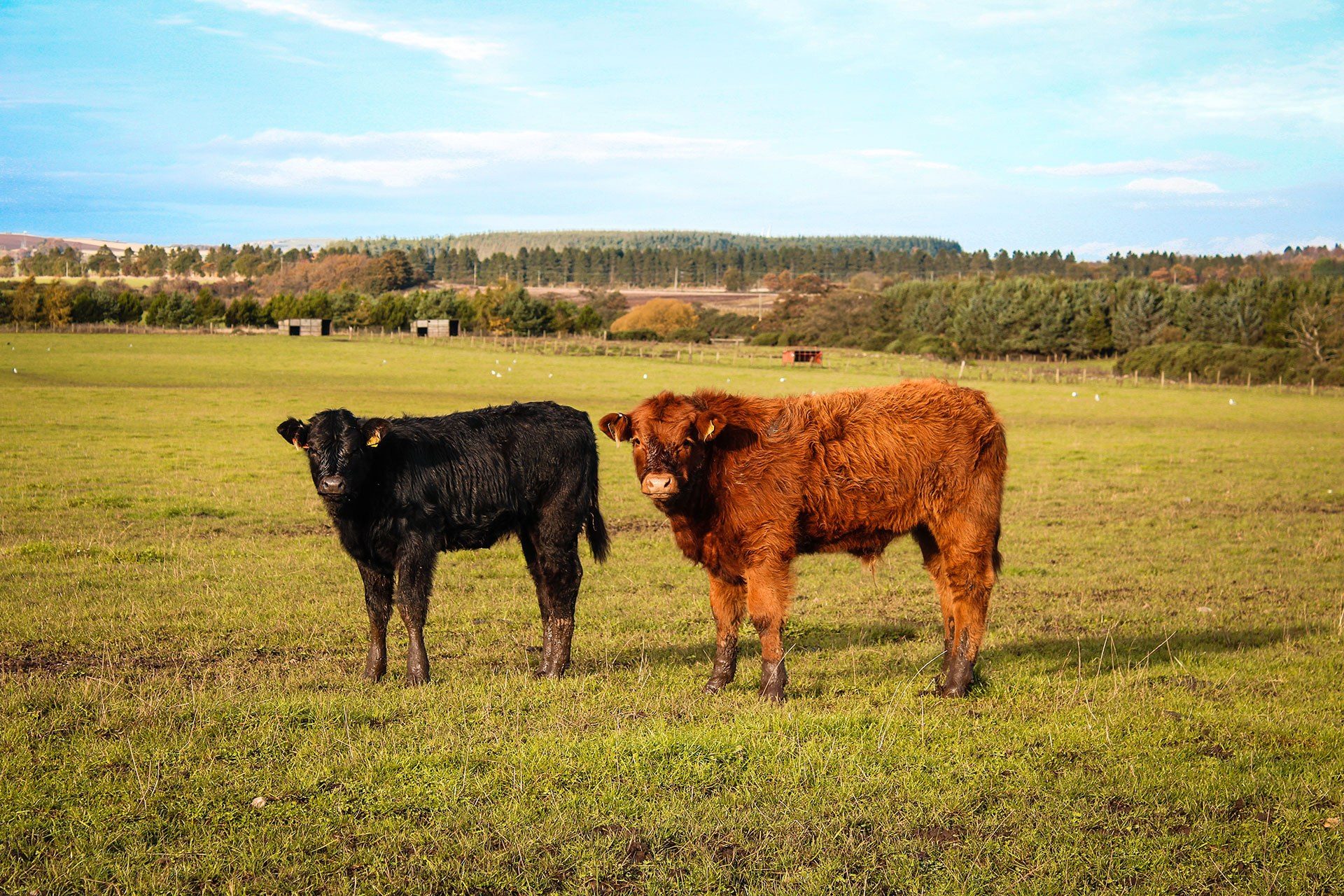Top Tips for Farm Safety | Farm Accident Prevention

We all learned the importance of biosecurity in 2020. Biosecurity has always played an important role on any cattle operation, but through the pandemic the importance of these safety issues has become paramount. That said, in the midst of everything going on in the world we do not want to lose sight of other safety issues on a ranch that keep our handlers and cattle safe.
One other reason to keep safety a priority on your ranch is that no one wants to go to the hospital if it can be avoided. So, here are our top tips for ranch safety:
- Be mindful. It may sound like a buzzword, but being mindful has a place on your cattle operation. Cattle handlers need to be calm and deliberate. This increases safety when it puts cattle at ease, reducing their stress, and keeps the handler aware of the situation that they are in. A mindful cattle handler uses the principles of low-stress cattle handling to keep livestock moving in a safe and efficient manner.
- Understand high-risk situations. We all know what the high-risk situations on a ranch are. Mothers with new calves, bulls, animals in distress, or separated from a herd. We understand these situations and regularly work in them, but we must remain cautious and vigilant every time we work cattle in a high-risk situation. Again, this goes back to mindfulness. Accidents can happen in a split second and that is why we must always be aware of the situation we are in.
- Keep an escape route available. Always have an escape route available when you are working with cattle. Choose panels and gates that allow you to get out of the way of cattle quickly and safely, and have a dedicated cattle-free area for those working livestock. This will help keep you safe and can get you out of any high-risk situations that become dangerous.
- Make the necessary repairs. Broken fences, facilities, and equipment are an accident waiting to happen. Make the necessary repairs to prevent an accident from happening. It is always better to avoid a dangerous situation than try to react to one. Do not forget your truck and livestock trailer. Check both for any repairs they may need before hauling cattle, and keep a first aid kit and some tools in the truck for emergencies.
- Prevent overcrowding. Problems often occur when there is overcrowding. Make sure that cattle have adequate space when they are confined in a holding pen, cattle handling system, barn, or trailer. Limiting animal density is better for the safety of the animals and handlers.
- Get help. Always make sure you have an adequate number of cattle handlers for the task at hand. Accidents happen when we do not have enough help, or when we are trying to do too much on our own. It is always better to slow down and ask for help before continuing in a potentially high-risk situation.
- Use equipment as it was intended. We have a lot of heavy equipment on cattle operations. This includes trucks, tractors, cattle handling equipment, chainsaws, and other tools. Make sure that all employees use equipment as it was intended. Use seatbelts and other protective equipment whenever applicable. Offer review courses for all employees on a regular basis.
- Invest in high-quality equipment. It may seem like a big investment at the time, but it can lead to a safer ranch environment. People are irreplaceable to our friends and family. Investing in high-quality equipment can help keep our cattle, employees, friends, and family safer. The equipment quickly pays for itself when it prevents an injury or death.
- Adopt a continuous improvement mindset. This does not necessarily mean that you need to take an online class; there are many ways that you can strive for continuous improvement on your ranch. Try having a monthly safety meeting with all cattle handlers where best practices are reviewed, watch a short video, read an article, or take that online class. Anything you can do will help you improve and reduce safety risks is a step in the right direction.
We know that all ranchers do their best every day. Many ranch and other accidents happen in a momentary lapse, when someone is tired, rushing, or there is faulty equipment. Remain vigilant and practice our top tips for ranch safety every day. Together, we can drive the statistics of the number of injuries on ranches down. Stay safe and healthy!
How to vaccinate your cattle properly
High-quality, reliable cattle chutes for a safe operation
References
6 Ways to Stay Safe While Handling Cattle
Considerations for Worker Safety When Handling Livestock
Farm and Ranch Safety: The New Steps You Must Take
About the Author

Dana Charban
As a small town girl from rural Manitoba, Dana Charban grew up around agriculture and farming her en...More Information on Dana Charban
Email Dana Charban:




Comments
Join the Discussion
Comments
It's great that you elaborated on investing in high-quality equipment to prevent injuries or deaths on our farm. My wife and I purchased a piece of land last month, and we're ready to start our farming business, so we'll definitely follow your safety tips. Thank you for the intake about keeping our cattle and employees safe.